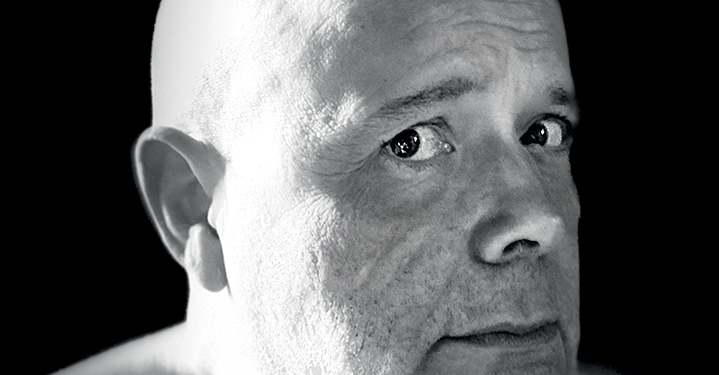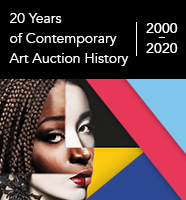Editorial by thierry Ehrmann
CEO and founder of Artprice by Artmarket.com
Artprice is proud to present this exclusive report which traces the evolution of the Contemporary Art Market over 20 years.

The story it tells reflects a multitude of sociological, geopolitical and historical factors, all of which contributed to the rapid rise of Contemporary Art in the global Art Market. A marginal segment until the end of the 1990s, Contemporary Art now accounts for 15% of global Fine Art auction turnover, and is now its primary growth driver, having increased +2,100% over 20 years.
This extraordinary progression is driven by the passions that Contemporary Art elicits, but it is also based on the confidence that it has won. Nowadays, collectors no longer necessarily prefer work by dead artists, and they allow themselves to be convinced by new techniques, new art forms and new influences by living artists. Today, at a time of unprecedented crisis, the Contemporary Art Market is still galloping forward. Indeed, it’s the segment that adapts fastest to changes and the one that lends itself best to online sales.
This is the story of how certain living artists rose to the rank of true icons, while the number of contemporary artists sold at auction multiplied by five and new marketplaces sprang up all over the world. While some prices have risen extremely quickly – so quickly that the MoMA missed the opportunity to acquire a painting by Jean-Michel Basquiat – a new market for affordable works has been created, with prints, multiples and derivative products circulating in abundance.
Inspired by Pop Art, Contemporary Art continues to democratize, to engage in dialogues with a much wider audience. Street Art symbolizes this breadth of appeal: Banksy’s stencils are known all over the world. Among today’s youngest generations, the recognition of female artists represents an even more important revolution, to which must be added the new success of artists from Africa and the African diaspora.
In short, the Contemporary Art Market has been through a very long and very profound transformation over twenty years, which Artprice has followed. We have witnessed its exponential rise until 2008 – until Damien Hirst’s insolent sale just after the bankruptcy of Lehman Brothers at Sotheby’s – and the subsequent ‘arrival’ of the Chinese Art Market with its peak in 2014. Clearly, the health crisis that began in March 2020 has once again broken the market’s rhythm, but there are few markets that resist rhythm breaks quite like the Art Market.
So we seem to have reached a perfect spot for a pause and for serious analysis of the metamorphoses of the Contemporary Art Market – the segment of the Market which harbours the biggest risks and opportunities – before it fully resumes its undoubtedly unexpected activities.







 45.6
45.6
